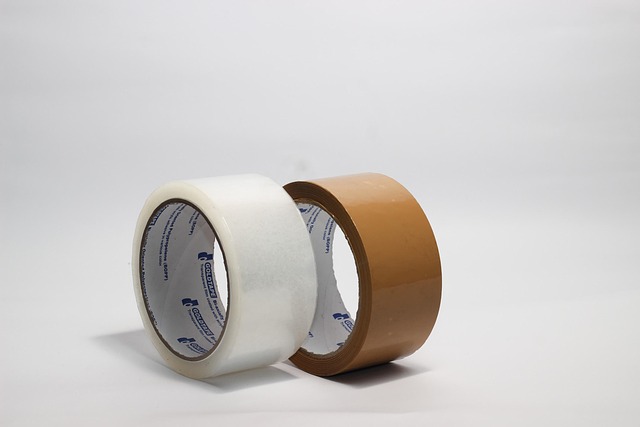When it comes to modern TV technology, one of the most crucial aspects that impact your viewing experience is the display quality. Within this realm lies a seemingly small yet significant issue known as the pixel defect. While it may just be a tiny imperfection, a pixel defect can affect the overall visual impact of your favorite shows and movies, and understanding these anomalies can enhance your appreciation for the sophisticated technology behind the screens we rely on daily.
Every display, whether it be a television, monitor, or smartphone screen, is composed of millions of pixels. These tiny dots work together to create the colorful images we enjoy, transforming vibrant animations and stunning landscapes into a visual treat. However, when a pixel is stuck or damaged, it can lead to frustrating interruptions in your viewing experience. A stuck pixel may appear as a persistent white, red, green, or blue dot on your screen, while a dead pixel is completely non-functional and appears black. These defects, though small, can make us more conscious of their presence, intensifying our focus on the imperfections rather than the beauty of the image.
As we dive deeper into this subject, it’s essential to grasp just how pixel defects occur. Factors such as manufacturing flaws, electrical issues, or excessive pressure can lead to these imperfections. Display technology has advanced significantly over the years, from CRT to LED to OLED screens. While newer technologies have improved overall quality and reduced the occurrence of pixel defects, they can still manifest. Understanding the technical foundations of your display can provide insight into why these defects happen and how they may impact your experience. For instance, OLED technology boasts self-emissive pixels that can offer superior contrast and color accuracy but can also result in varying degrees of pixel longevity based on usage conditions.
As someone passionate about visual technology, encountering pixel defects can evoke mixed feelings. On one hand, appreciating the immense engineering and innovation that goes into creating cutting-edge displays can make us admire their visual prowess. On the other hand, pixel defects serve as a reminder of the fragility of these remarkable creations. It’s this emotional dichotomy that connects us to our devices—understanding the complexities allows us to celebrate the brilliance of high-definition displays while acknowledging their limitations.
In the world of visual technology, pixel defects might be minor annoyances, but they also illustrate an essential aspect of the evolving landscape of displays. By educating ourselves about these imperfections, we can make informed choices when purchasing new TVs or monitors. For those experiencing issues, many manufacturers offer pixel defect policies to evaluate and potentially replace your screens if the defects fall within specified thresholds. This added layer of security allows consumers to enjoy their purchases with peace of mind.
Moreover, users have the power to mitigate their experiences with pixel defects through several strategies. Calibration tools can help optimize display settings, while pixel-fixing software may assist in reviving stubborn pixels. As we embrace advancements in display technology, understanding the nuances, including pixel defects, fosters a deeper connection to our devices and enhances our overall viewing experience.
As we continue to explore the wonders of television and display technology, it’s easy to appreciate how far we’ve come. From rudimentary displays to high-resolution screens that offer unparalleled clarity and depth, our thirst for better visualization persists. Yet, amidst this pursuit of perfection, the pixel defect remains a poignant reminder of the intricate balance between innovation and imperfection—a small dot on a vast canvas that inspires us to look deeper, both literally and figuratively.




